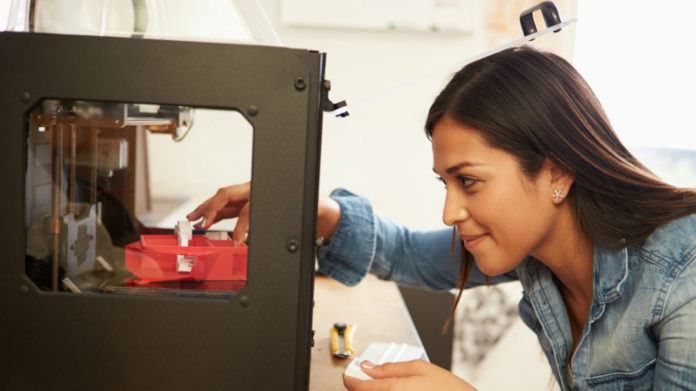3D printing technologies are quickly becoming part of our everyday life and gaining strength in commercial use. This phenomenon most certainly marks the start of a new era of creation. 3D technology is the next logical step in the manufacturing process. It will help achieve the goal of producing and creating without destroying. Still, the environmental impacts of 3D printing are well-known. So, scientists are now moving towards environmental-friendly 3D-printing.
Cellulose has been used as the world’s most plentiful printed-on material for paper production for centuries. Although it has great advantages for industrial health and worker safety. But now, this Cellulose it will soon become an abundant material to print with 3D technology.
According to MIT scientists, Cellulose has the potential that it can print a renewable, biodegradable alternative to polymers.
Lead author Sebastian Pattinson said, “Cellulose is the most abundant organic polymer in the world.”
He explained, “Cellulose is the most important component in giving wood its mechanical properties. And because it’s so inexpensive, renewable, biodegradable, and very chemically versatile, it’s used in a lot of products. Cellulose and its derivatives are used in pharmaceuticals, medical devices, as food additives, building materials, and clothing — all sorts of different areas. And a lot of these kinds of products would benefit from the kind of eco-friendly 3D printing.”
That means 3D printing allows you to customize each product you make individually.
Creating environmental-friendly 3D printing is not a new concept. Previously, many researchers tried but faced some obstacles.
Cellulose, after heating, decomposes itself because of hydrogen bonds. The intermolecular bonding also makes high-concentration cellulose solutions too viscous to extrude easily.
So, scientists decided to use cellulose acetate instead of cellulose only. Cellulose acetate is a material that is easily made from cellulose. As the acetone quickly evaporates, the cellulose acetate solidifies in place. A subsequent optional treatment replaces the acetate groups and increases the strength of the printed parts.
“After we 3D print it, we find the strength and toughness of the parts. Those parts are greater than many commonly used materials” for 3-D printing,” said Pattinson.
